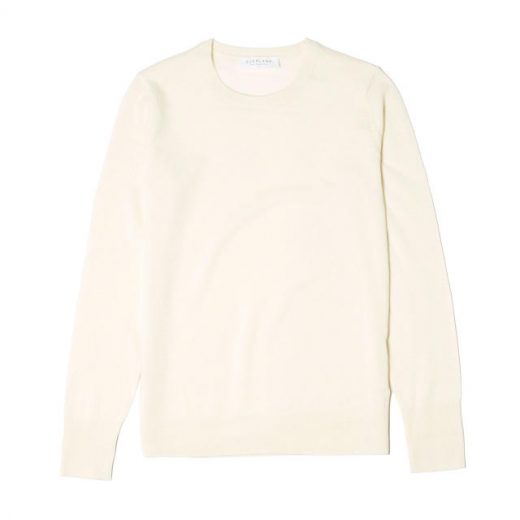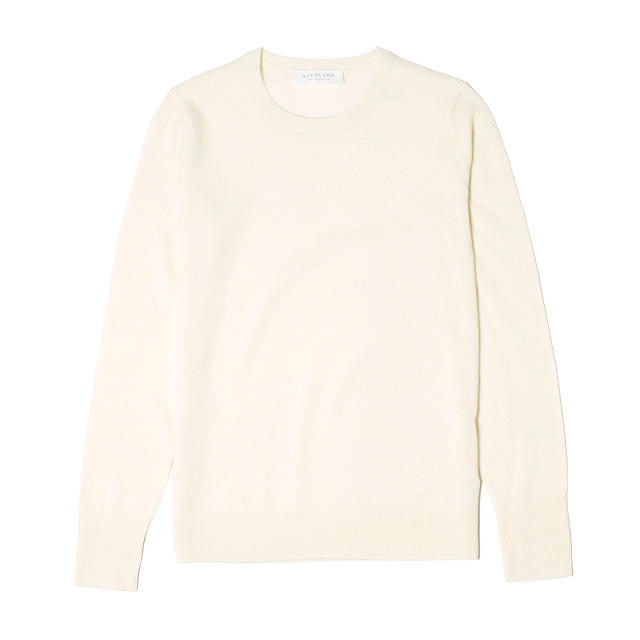Everlane Responds To Lower Global Cashmere Costs By Charging Less For Sweaters
Michael Preysman founded Everlane with the goal of exploding the fundamental building blocks of the fashion industry. He didn’t sell his products through retailers or department stores. He didn’t invest much in advertising. And perhaps most importantly, he told the customer exactly how much it cost to make each product.
When the e-commerce site launched in 2011, there was a chart next to each item that laid out the cost of materials, labor, and import duties. “We wanted to help the customer understand where we were coming from,” Preysman says. “People hadn’t really seen anything like it before.”
But the thing is, the price of materials is constantly changing. Raw materials like cotton and cashmere are traded in the international commodity market. Based on each year’s harvest and global demand, costs fluctuate wildly. Cashmere, for instance, has been dropping in price for years now.
So starting today, Everlane is changing the price of its cashmere products based on how much it is paying for the raw fibers. It first started selling cashmere sweaters in November 2012 for $125. Now the company is charging $100 for the same product.

A Quick Primer On Cashmere-Making
Of course, the price of raw cashmere also depends on its quality, which is why you can buy an $80 cashmere sweater from Uniqlo, a $950 one from Brunello Cucinelli, or at the very top of the chain, a $4,000 sweater from Loro Piana. “Not all cashmere is created equal,” Preysman says. “Especially compared to other products: You’re going to see a very big difference between the high end and the low end.”
Part of it has to do with the quality of the fibers. Since cashmere comes from goats that are bred all over the world, from Mongolia to China to Pakistan, there is a great deal of variability depending on how the animal is raised and from which part of the body the wool is shorn. Grade A cashmere is made with fibers that are long and under 15 microns thin. Thicker fibers get categorized into Grade B and C. “Long, thin cashmere creates yarn that is stronger and that does not pill as easily,” Preysman explains. “A single goat will have many grades on it. It all depends on where you get it on the goat.”
After the yarn is made, it is then washed to make it softer. Cashmere that has been washed too much might feel buttery soft upon the first touch, but over time, it pills easily because the fibers have been weakened. So contrary to popular belief, you don’t want to buy cashmere that feels too soft: It has probably been overwashed. “Really soft cashmere does well out of the gate because people touch it and fall in love with it,” he says. “But then a few weeks later, it all falls apart.”
Finally, the quality of the production matters a great deal. Since cashmere is so delicate, factories that have a long history of working with the material tend to produce higher-quality garments. Italy and Scotland are known for their cashmere manufacturing, but a lot of cashmere products in the U.S. today—including Everlane’s—are made in China, where labor costs are cheaper. A single sweater travels great distances before it can be purchased. “Our fibers and yarns are from Mongolia, spun up in Ningbo in China, and the sweaters are finally produced in Dongguan in southern China,” Preysman says.
Everlane, with its commitment to selling the best quality product at the lowest prices, only uses Grade A cashmere. Its new cashmere crew sweater is lightweight and feels silky to the touch, but is not as fluffy as some other brands on the market. The yarn is tightly knit, and when you tug at it, it springs back to its previous shape, which means that wear is less likely to result in holes.
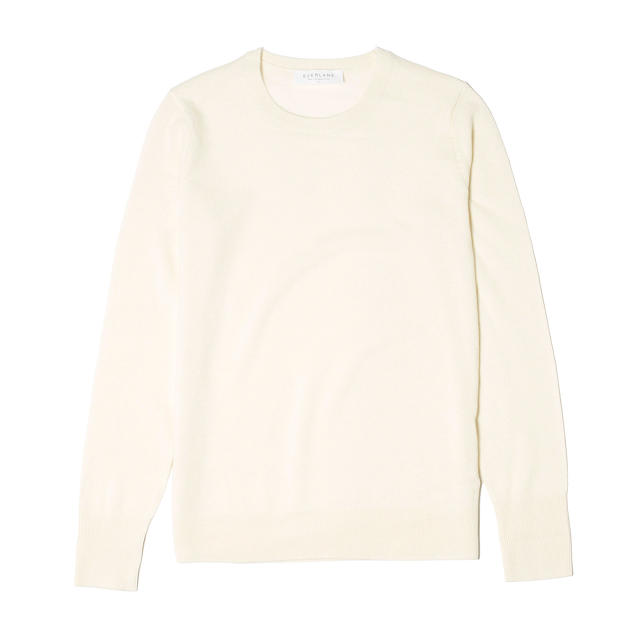
Global Cashmere Prices Are On The Downswing
Over the past three years, cashmere prices have been declining. In the last year alone, they have dropped 22% to $64 per kilo, according to data from the textile and clothing trade database EmergingTextiles.com. In April 2014, the price was over $100 a kilo. Analysts say that luxury-good sales have been going down, including a cutback on cashmere consumption. There has been an excess in cashmere supply, and since it is a commodity traded on the stock market much like gold or silver, prices have been driven down.
Preysman makes the point that most brands never adjust the price of their products when raw materials get cheaper. Consumers tend to be in the dark about the global cashmere trade, so many companies don’t see the need to lower their product prices when the market dips. “Cashmere prices vary quite a lot, much more than cotton,” he says. “Sometimes it goes up, and when it does, retailers raise their prices. Sometimes it goes down. But when that happens, retailers almost never lower their prices; they just keep the extra profit.”
Today, Everlane is releasing its new line of lower-priced cashmere sweaters. But Preysman says that this is part of a larger strategy to adjust the pricing of all products based on what is happening in the market, a reflection of the company’s commitment to being transparent with their customers and educating them about the apparel supply chain. “For what it’s worth, when the price goes up, we will raise our pricing too,” he says.
Many companies would stay away from a strategy like Everlane’s because they don’t want to disappoint their customers by dropping their prices only to raise them later. But Everlane has always tried to have a different relationship with its customers, one based on openness and honesty. The charts on its website also reveal how much of a profit the company makes on each item it sells, information most brands keep secret. Preysman believes that his customers are smart enough to understand that vacillations in commodity markets affects the supply chain—and they just want companies to be honest with them.
Everlane is hoping to change fixed retail prices so they’re in step with the ups and downs of the cost of raw materials on the global market.

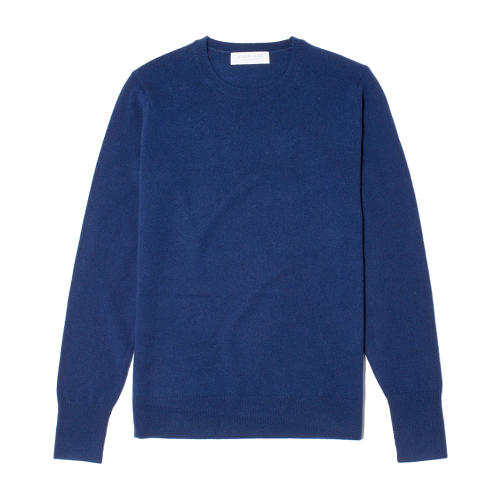




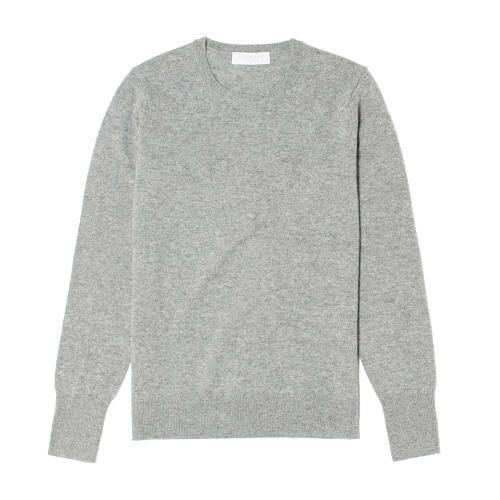
Fast Company , Read Full Story
(11)

